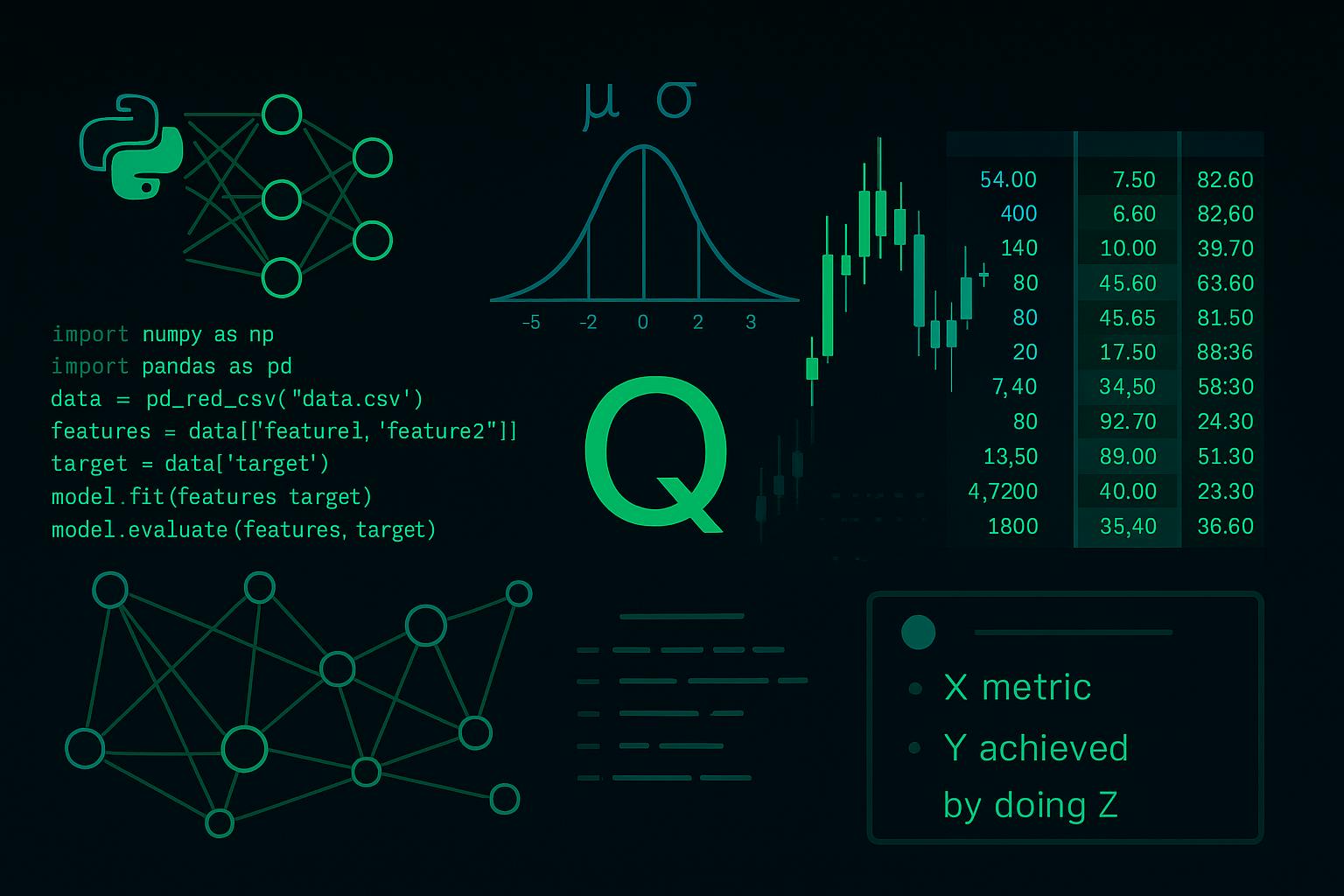Red Hat He has officially presented the new version of its Linux platform for companies, Red Hat Enterprise Linux 10characterized by its Preparation for the hybrid cloud and the AI. Also for offering facilities to address complications related to Linux management and complications to find qualified professionals for this, with Red Hat Enterprise Linux Lightpeed.
This function arrives thanks to the integration of the generative AI directly on the platform, which allows it to offer guidance based on the context, as well as practical recommendations, through an interface of natural language.
In addition, since it takes advantage of Rhel’s specific knowledge, it is able to help in various tasks, ranging from the resolution of common problems to the application of best practices to dominate complex IT environments. Therefore, Lightspeed allows both IT professionals with little experience and veterans to manage Red Hat Enterprise Linux in large scale with more efficiency.
This Linux distribution for companies is also the first to integrate compliance with federal information processing standards (FIPS) for post quantum cryptography, to defend against future attacks and adapt to the evolution of regulatory requirements. This includes the incorporation of algorithms resistant to quantum computing to reduce the risk of deciphered data by third parties. It also carries post-quantic signature schemes to validate the integrity and authenticity of software packages and TLS certificates.
Rhel 10 adopts a native container approach, image mode, which unifies the development, deployment and management of the operating system and applications within a unique and optimized workflow. Thus, it is possible to manage the entire IT panorama, from the applications containerized to the platform below, with the same tools and techniques.
Red Hat Enterprise Linux 10, in addition, adds recommendations of packages of the creator of Image of Hat Insights, with the aim of facilitating the informed and personalized decision making about the packages for its specific deployment, before they affect production. Red Hat Insights Planning, in addition, offers a vision of the road map and Rhel’s life cycle, which optimizes the preparation of the future platform.
This new version of Red Hat Enterprise Linux has images of preconfigured RHEL, fully compatible and ready to run on AWS; Google Cloud and Microsoft Azure, which indicates its preparation for the hybrid cloud. In addition, Podman Desktop allows its users to expand their set of IT tools, as it facilitates the discovery of software with community support through the repository of red Hat Enterprise Linux extensions.
Red Hat has also announced the launch of a preliminary version for Rhel 10 developers in collaboration with Sifive, which offers early access to a platform for Hifive P550 RISC-V architecture. The developers who adopt it, therefore, will have facilities in development for the RISC-V platform.
In addition to security, in addition, Red Hat Enterprise Linux 10 will soon request corrections for up to a dozen common vulnerabilities and exhibitions (CVE) specific to the year, thanks to Red Hat Enterprise Linux Select Add-on. In this way, administrators can adjust their safety strategies more easily.
Rhel 10 is now available through the Red Hat client portal. Developers can also access this distribution through free programs for Red Hat developers, which offer several additional resources to software to take the first steps with this distribution, such as videos, demonstrations and documentation.












